While some gyrocopters being made today are similar looking to those of the 60s to 80s, the newer designs are more streamlined and take advantage of modern materials. Some are tandem while others have enclosed, side-by-side cockpits and larger payload capacity.
They all operate on the principle of an unpowered rotor that is in continuous autorotation and an engine driven propeller to provide forward thrust. This provides gyrocopters with a very short take off and landing capability and, by not powering the main rotor, there’s no need for a tail rotor to counter the torque as found on helicopters, reducing the complexity and cost of the aircraft.I find gyrocopters to be a rather fascinating form of aviation and would, if time and funds permitted, like to have a modern one to fly, especially a tandem one. I’ve had a few flights in gyrocopters with others and have really enjoyed them. While some folks consider them to be dangerous, they are like any other aircraft: safe if flown within their operational parameters. In fact, the ATSB’s occurrence statistics report for 2010 to 2019 shows that the accident rate for gyrocopters is less than half that for fixed wing recreational aircraft while the fatality rate is slightly less. The Australian Sport Rotorcraft Association (ASRA) administers gyrocopters and they’re the folks to go to if you want to learn more about these amazing aircraft. They’ll help you find an instructor and understand the path towards getting your pilot certificate. You can also do a search online to find organisations who can arrange a Trial Introductory Flight, sell you an aircraft and more.
So, happy centenary to the gyrocopter and here’s to many more years of production and enjoyment. Hopefully I don’t have to wait 100 years before I can afford to have one :)

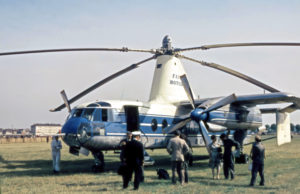
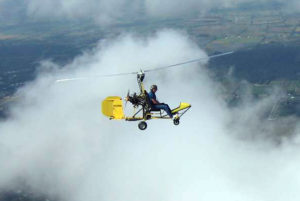
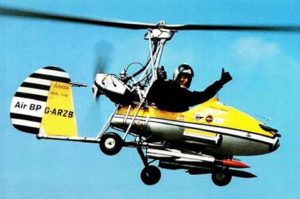
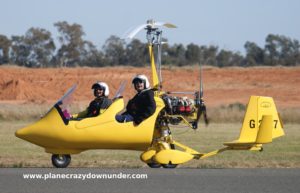
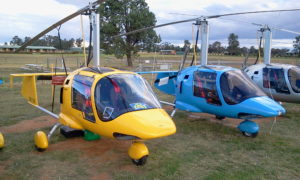

Holy come-back Batman!
Thanks mate :)
Hopefully I can maintain the momentum with more frequent posts than we’ve had over the past few years :)